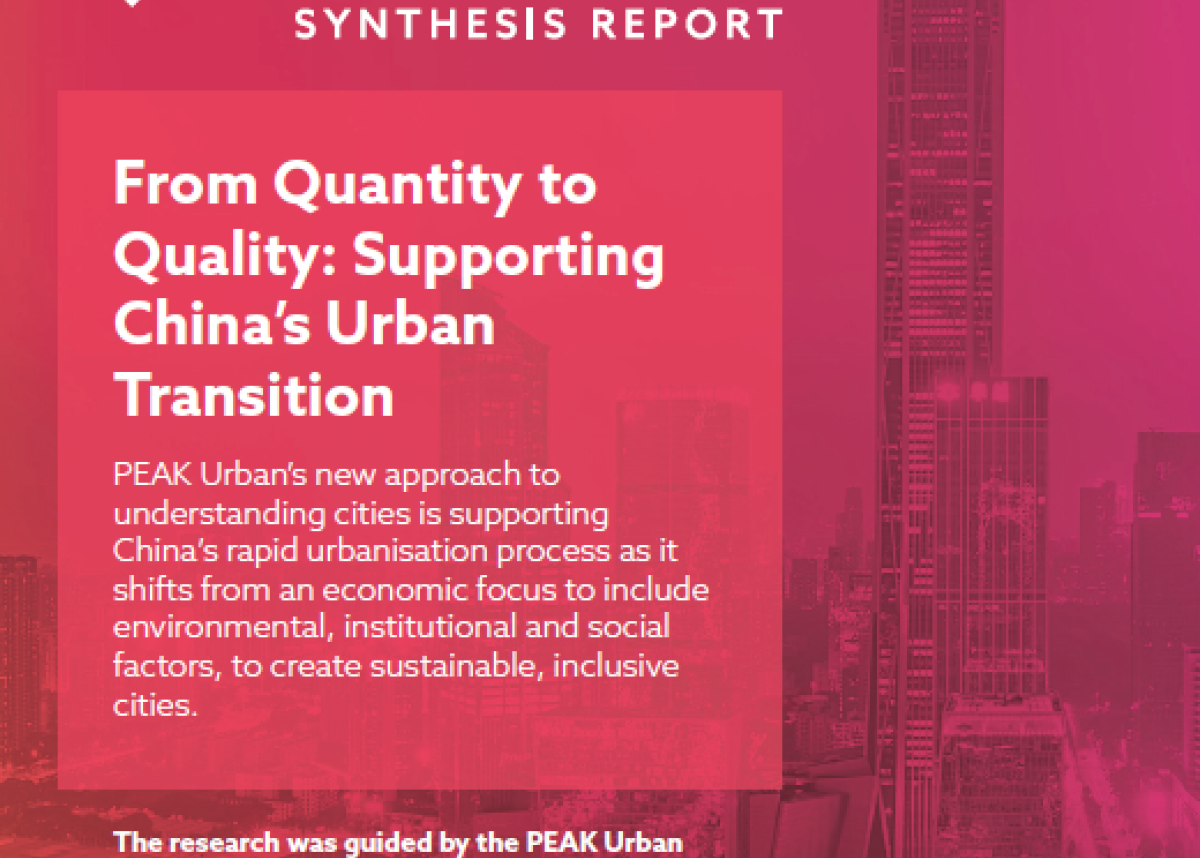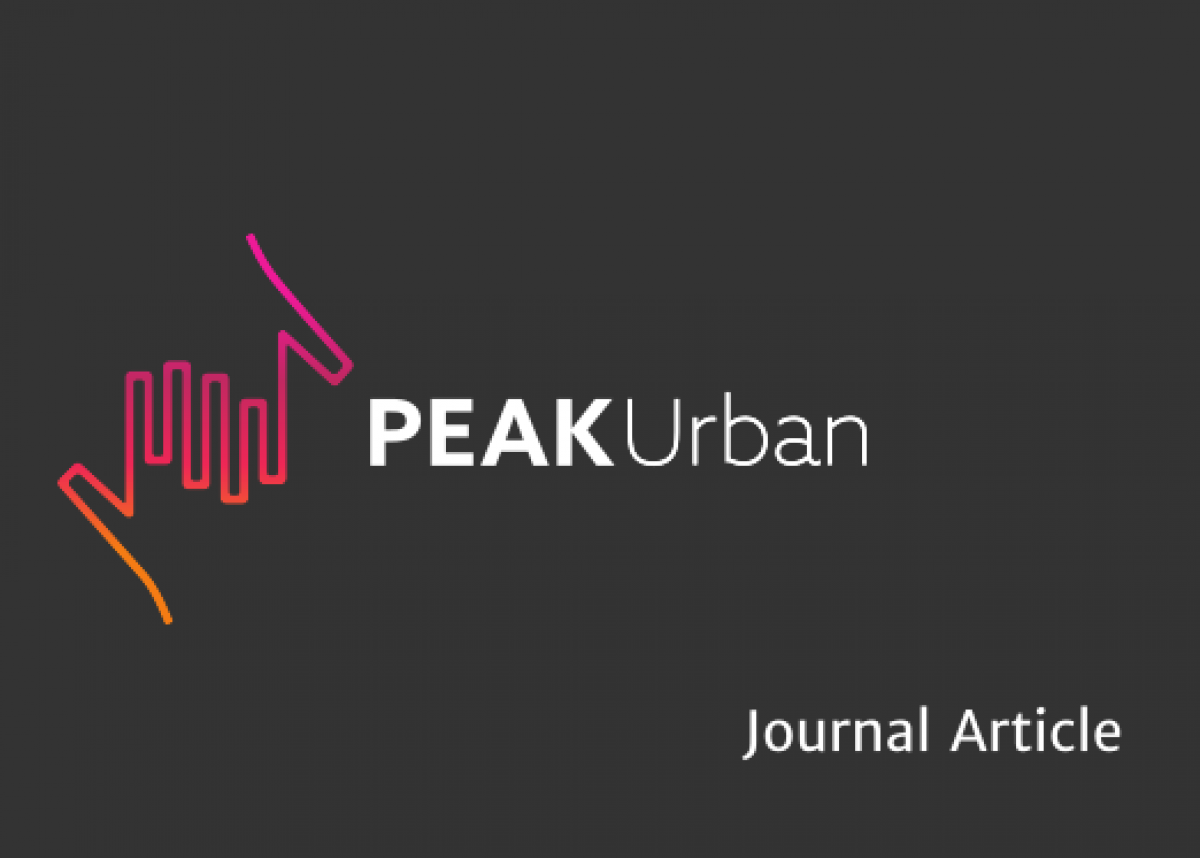
Built environment, income and travel behavior: Change in the city of Chengdu, China 2005–2016
In this paper, we look at differences in travel behavior and location characteristics across income in Chengdu, China at two points of time, 2005 and 2016, using household travel surveys. Specifically, we compare changes over time for different income groups for Chengdu in 2005 and 2016. We find that walking or biking remains the most common mode for all income groups but higher-income households appear to have more choices depending on the proximity of their neighborhood to downtown.
We also find that both average local and average regional access have worsened since 2005. Furthermore, it appears that there is less economic diversity within neighborhoods in 2016 when compared to 2005, with more locations appearing to have 40% or more of low-, middle-, or high-income households than in the past.
Finally, we find that low-income households and older trip makers are more likely to walk or bike and that high-income households are the most likely to own cars and use motorized modes. Built environment characteristics like mixed land use appear to significantly reduce travel time in 2016 but do not result in higher non-motorized transport mode share. We contribute to existing literature by evaluating changes in the relationship of built environment and travel behavior during a period of rapid urbanization and economic growth in a Chinese city.







